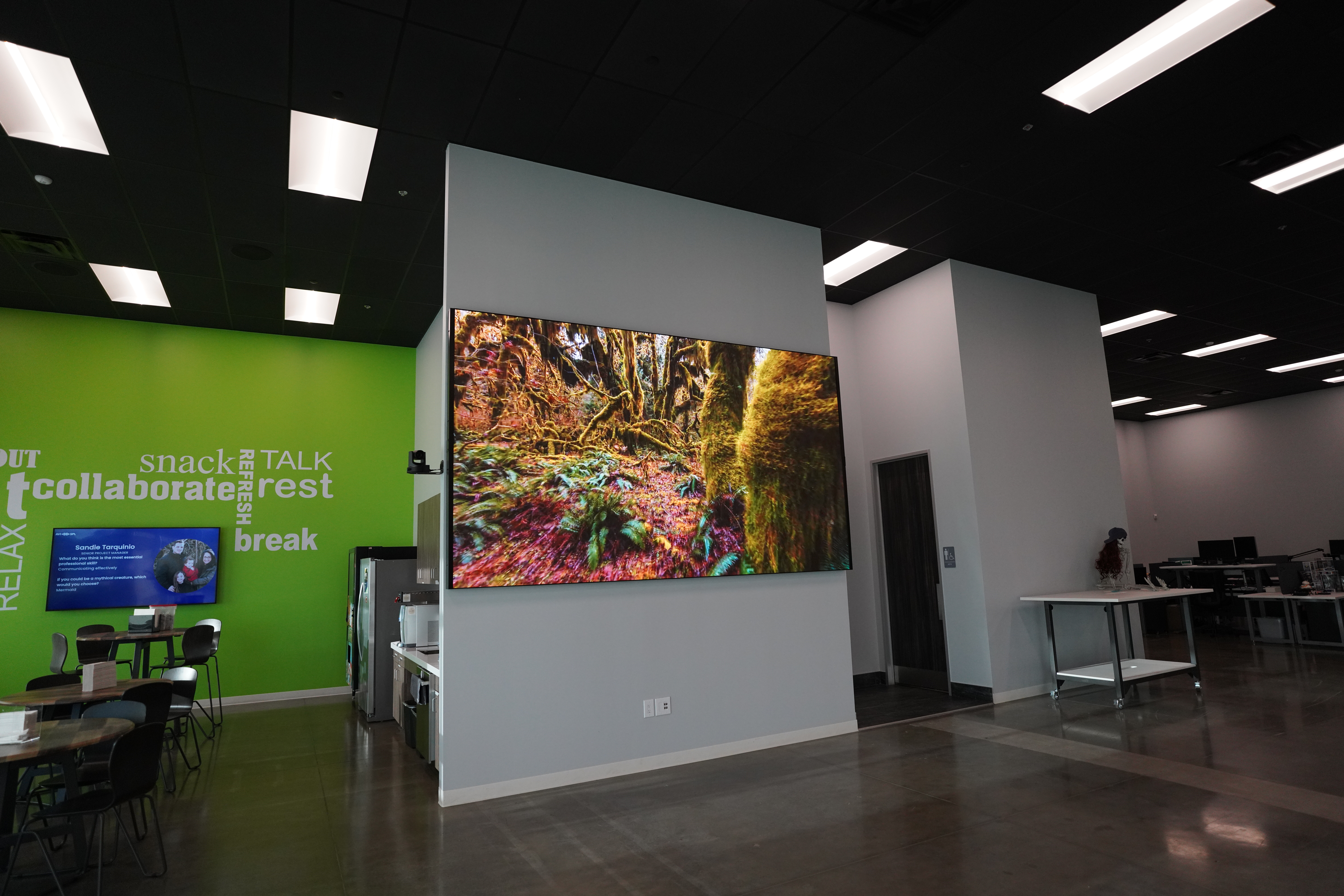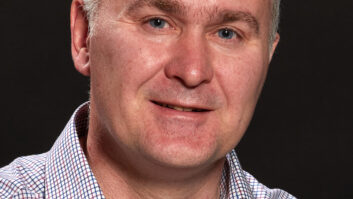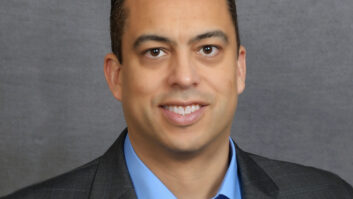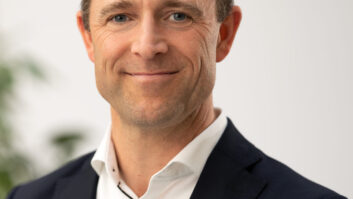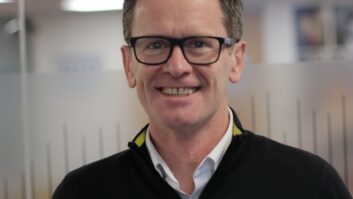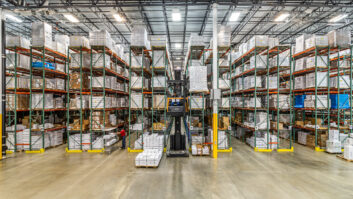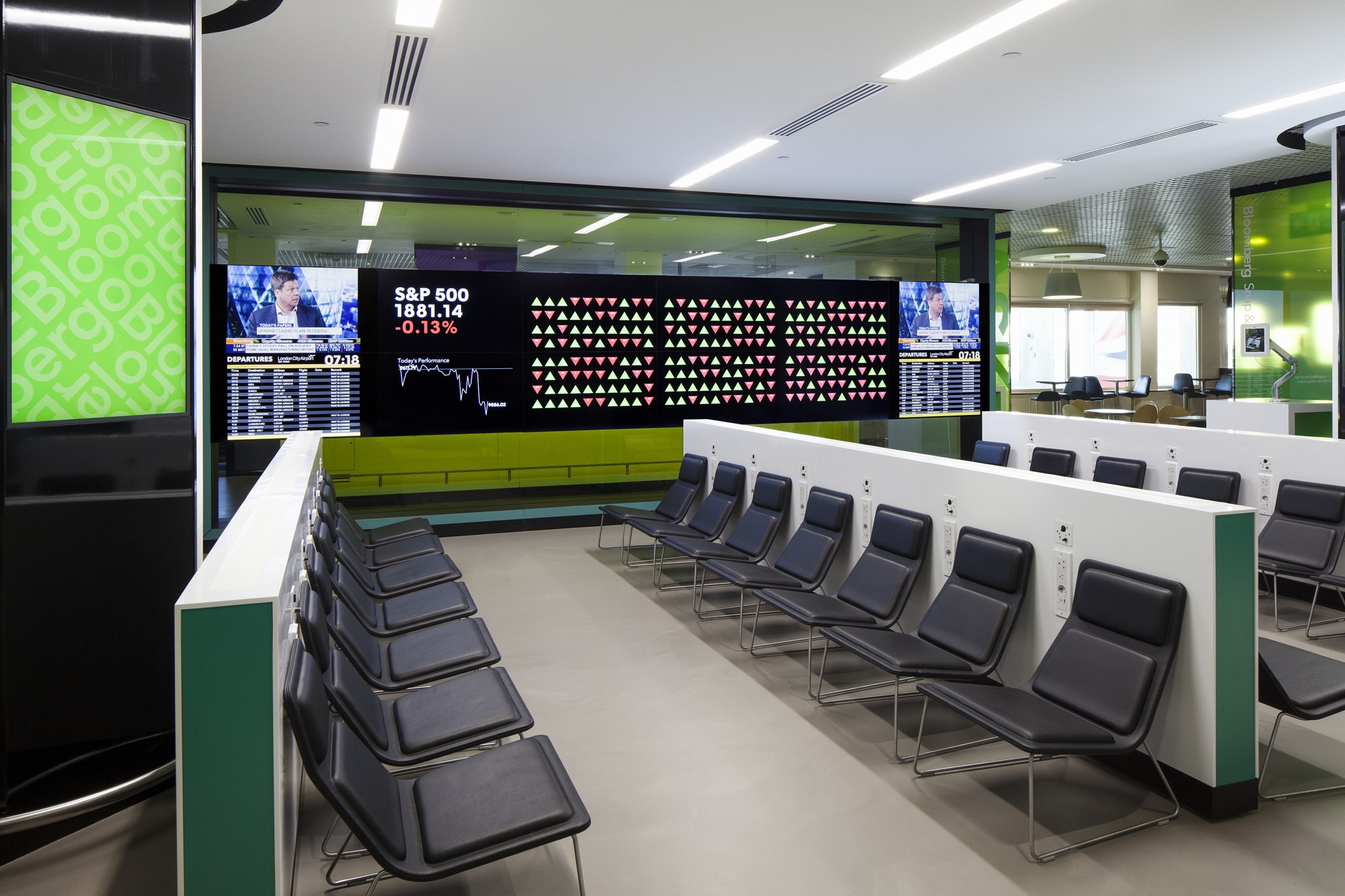
Steve Montgomery previously discussed the developments made in video processing technology since the 1990s. Here he looks at the challenges faced by videowall constructors and whether the video signal processing market will remain a tight knit community with industry names set to enter the market.
There are a number of factors videowall controllers manage to ensure the best display possible for content. Although bezels around LCD displays have reduced in thickness to just a few millimetres, there is still a requirement to manipulate the individual screen images slightly so that the image flows over the whole screen, rather than having disjoints between the sections; an effect that is more pronounced with moving content.
“Bezel compensation in videowall controllers is considered standard technology,” says Paul Corsbie-Smith, image processing specialist at True Colours Distribution. “Some manufacturers, such as TV One and Datapath, offer solutions that handle a mixture of screens of any size and in portrait or landscape orientation, with large gaps between, and can warp and manipulate the image for even more special effects. Software platforms are evolving with user-friendly graphical interfaces and most videowall controllers now incorporate drag-and-drop functionality with the ability to create, save and recall presets at the touch of a button.”
CORIOgrapher control software from TV One is designed to manage videowalls constructed from displays of diverse size, resolution and orientation to sub-millimetre accuracy. Andy Fliss, marketing director for at the company, says: “It handles mixing of projectors and displays in a single system and can create content for walls on a PC without a connection to the CORIOmaster controller, so can be used to edit the entire videowall design before it goes live and then transmit it over a network to the CORIOmaster processor.”
The close relationship between signal processing devices and the screens they control has led to co-operation between display manufacturers and third-party device vendors, albeit at a low level. “There is always a desire for device and display manufacturers to communicate on key technological developments, although individual product design seems to move ahead at its own speed,” says Orrin Charm, Gefen’s product manager. “Gefen works closely with several large display manufacturers that rely on external controllers to provide features they cannot economically build into their basic displays.”
It is possible that screen manufacturers will attempt to enter this market. Jason Dean, production director at Engage Production, predicts: “The technologies used by DSP and controller manufacturers will eventually become so widespread that the bigger players will start to move into this area. Samsung and LG will one day offer a more holistic solution with own-brand DSP kit to plug and play with their screens. At the moment, the video signal processing market is a relatively small and tight-knit community with only a handful of companies able to offer the professional user the solutions we need.”
